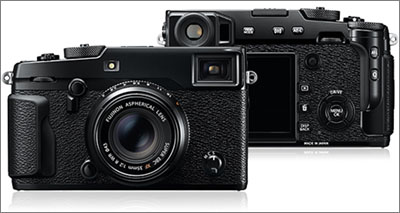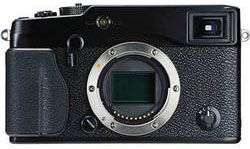6/28/16: Slightly updated on 6/28/16 to reflect my acquisition of the Fujifilm X-Pro2 (B&H | Adorama) and a few other things.
Today I am sharing another reader question and my response. This one came from “Greg” in a response to a post on my Facebook page:
Hi Dan, have heard good things about the Fuji cameras. Have also heard good things about the SONY cameras. Both are mirrorless, but the SONY is a full-frame while the Fuji is APC/1.5X. Is there a reason you would choose the Fuji over the SONY – you indicated in the article you have been using the X-Pro1 and will be moving up to the X-Pro2… Illuminate me on the subject
That is a great subject to consider, Greg. Both Sony and Fujifilm are making some very fine mirrorless cameras these days, but for my purposes the Fujifilm is a better fit than, say, the Sony a7R II full frame mirrorless camera that Greg is thinking of. (Small correction: I have not been using the X-Pro1. I have used the X-E1 for the past three years and I now use the X-Pro2.)
Before I explain, I must acknowledge that the Sony is an excellent body, and another photographer may well find it to be the best choice for his/her needs. The Sony a7R II is, as you point out, a full frame body and the current version has a 42MP sensor rather than a 24MP sensor. The sensor is known for its low noise and excellent dynamic range. Sony has some native lenses, but lots of folks are using their Sony cameras with a range of third party lenses, including those from their Canon and (now) Nikon DSLRs.
So, with all of those positives, why Fujifilm? Continue reading Reader Question: Sony Versus Fujifilm



